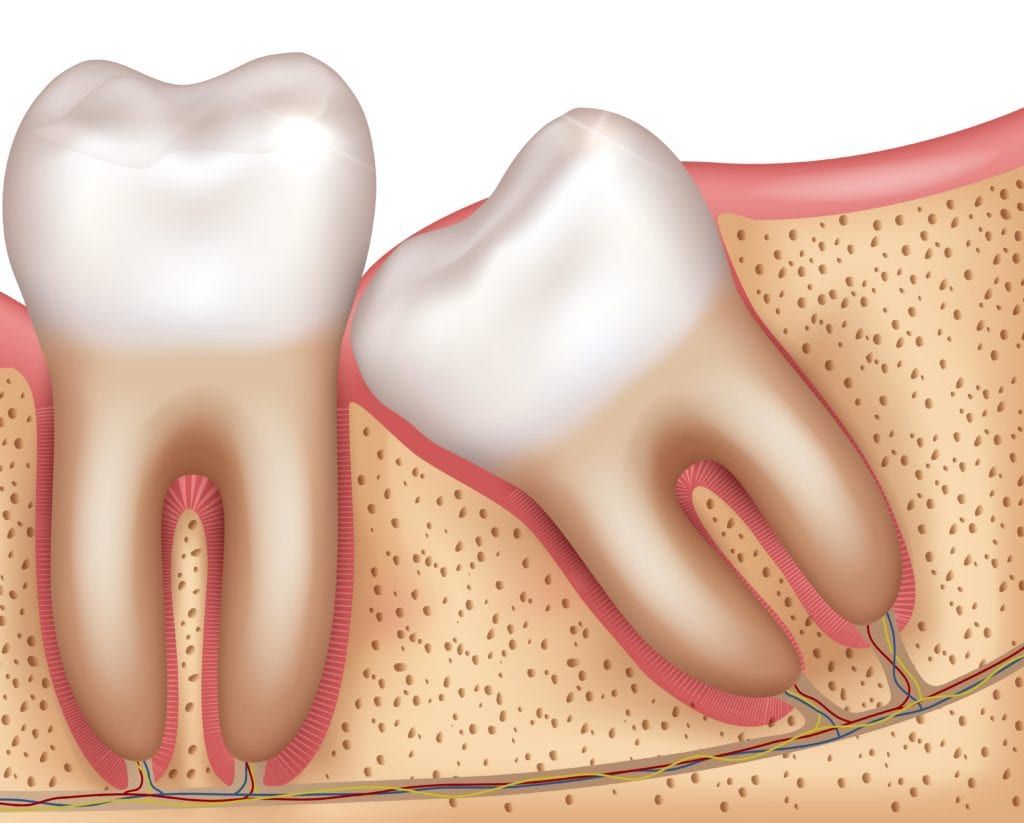Dental Problems Besides Tooth Decay and Gum Disease
During your dental appointment, it is very likely that you have heard your dentist speak about tooth decay and gum disease. Even if you haven’t, you are probably familiar with what a cavity is and know enough about them to realize they are not good for your teeth. When it comes to maintaining your oral health, most people know about the two most common problems: tooth decay and gum disease. However, not as many people are familiar with other dental problems that are not as common. Although these problems don’t occur as frequently, it is still important to be aware of them:

Bruxism
The behavior of grinding or clenching one’s teeth together is known as bruxism. Bruxism is a dental problem that can cause damage to the teeth and jaw dysfunction. It is brought on by stress and occurs unconsciously while sleeping. To protect your teeth and jaw from bruxism, your dentist will likely recommend wearing a nightguard while you sleep.
Damaged Teeth
Although not as common as tooth decay and gum disease, damaged teeth are still somewhat common. Both chips and cracks in the teeth can occur as a result of grinding or clenching the teeth, biting down on hard foods, sports related accidents, falls, or using teeth as tools. Depending on the extent of the damage, as well as its location, your dentist may recommend restoration methods like dental bonding, veneers, or crowns.
Oral Thrush
This is a fungal yeast infection that looks like a white film inside the mouth. In most cases, oral thrush occurs in people who have compromised immune systems. Oral thrush is also commonly seen in people who wear dentures. The good news is that oral thrush can be easily treated with prescription medication.
Discolored Tooth
A single tooth that is pink, grey, or black in color are signs of tooth trauma or infection. A pink tooth occurs when the tooth has undergone trauma and is internally bruised. In these cases, your dentist will usually monitor the tooth to make sure it returns to its original color. If the tooth turns to grey or black, then this indicates that the tooth pulp is infected or dead. Once the pulp has been compromised, then your dentist will perform a root canal to restore the tooth.

Impacted Wisdom Teeth
Although not everyone has problems with wisdom teeth eruption, many people end up with impacted wisdom teeth. When a wisdom tooth is impacted, this means that it is unable to erupt properly. A partial impaction is when a tooth is partially erupted and partially stuck under the gums. A complete impaction occurs when the entire tooth is stuck under the gums. Both types of impactions can cause a number of problems, therefore your dentist will recommend having impacted wisdom teeth extracted.






